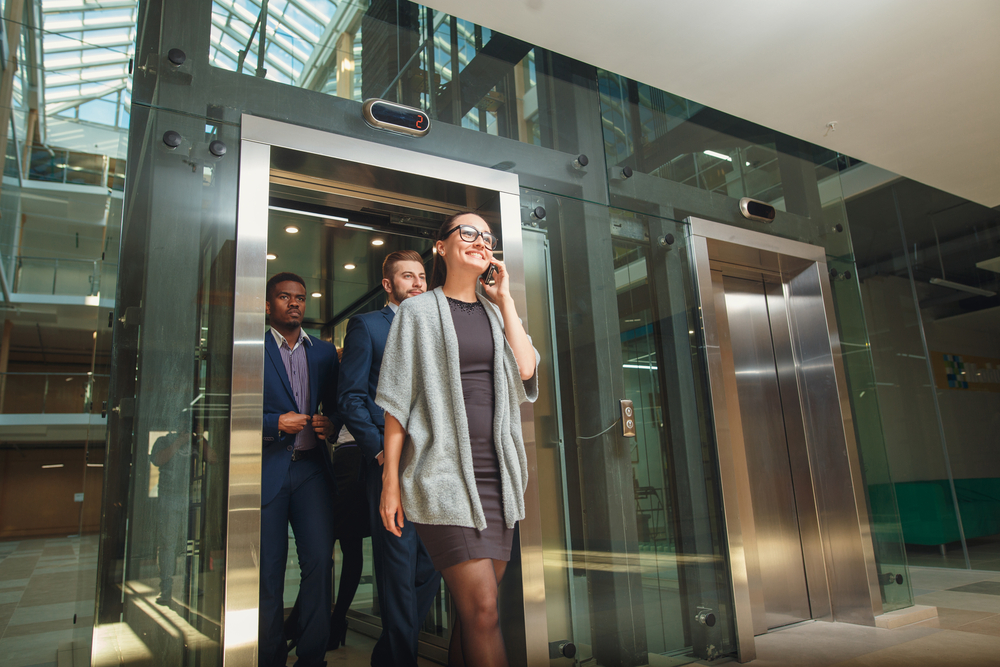Many of today’s buildings are becoming loaded with interesting and trendy amenities designed around technology, lifestyle requirements and convenience. Things like gyms and spas, rooftop gardens and swimming pools, game rooms, theaters and even in-building dog parks are all becoming more standard.
These things aren’t just in new properties either. A lot of older buildings are undergoing renovations to accommodate these and other modern features.

With all of this, elevators are often taken for granted these days as just a standard feature. But the truth is, they aren’t standard – they are essential.
Without elevators, traffic flow would be much different – and far worse. Buildings themselves would be less useful. After all, it was the advent of the elevator that allowed buildings to reach new heights. Could you imagine if a modern skyscraper had only stairs? It’d be a long hike up to that rooftop pool.
Elevators provide convenient transportation and are key to maintaining steady traffic flow and accessibility. Because of those things alone, they add immense value to a building – but even more for owners and managers with multiple properties in their portfolio.
Functional Elevators = A Valuable Asset
For property owners, managers and investors, having safe, well-maintained elevators is one of the most important ways to sustain or increase a building’s value and keep tenants happy.
This is crucial in more luxurious buildings if the elevators are not up to par with the other modern amenities of the property. Such disparity is often the reason for modernizations or full replacements so that the elevators can match or exceed the other accommodations. In any case, elevators are the key feature that provides tenants and guests with proper accessibility and a system that people expect to function safely and reliably.
Non-Proprietary Service for Multiple Buildings
Owners with multiple properties have a unique challenge: maintaining several elevators – often including different types of elevators – in each of their buildings at once. If one elevator goes down, the others in that building become taxed with more trips. If it happens in more than one building at the same time, tenants can become unhappy, and management might receive a poor reputation – one of constant downtime.
This is one big reason why working with a service company that specializes in non-proprietary service is a secret weapon for owners looking to maintain constant value in their property portfolio.
Not only will the elevators function consistently and match the rest of the buildings’ features, but the right service company can establish baselines for every elevator in each building to monitor and schedule maintenance, repairs, modernizations and replacements, regardless of elevator type. This eases the burden on the property managers significantly and always keeps the value of the property at a high level.
For more insights into the value that elevators bring to a building – especially for portfolio owners with multiple properties, download our latest whitepaper The Elevator Life Cycle: Timelines and Maintenance Strategies for Property Managers.
We Are Here to Help!
Need help with determining your elevator service requirements and developing a maintenance plan? Call our friendly team at 732-446-4674.